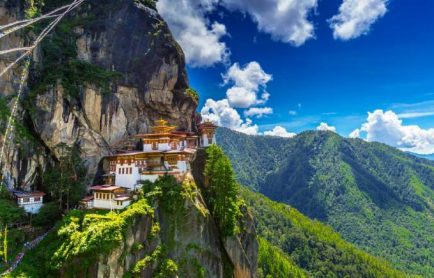Countries That are Most Likely to Run Out of Water in Near Future
 Last Updated: 01 Feb, 2020 By Jatin
Last Updated: 01 Feb, 2020 By Jatin
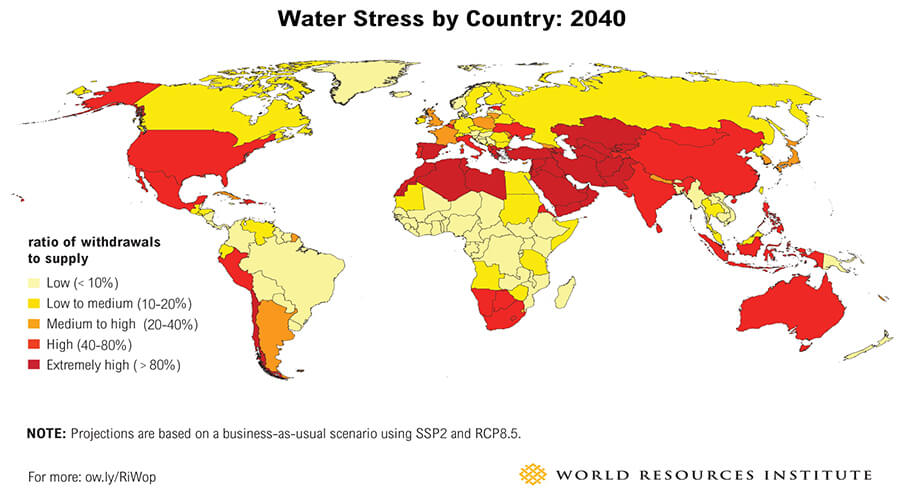
The news of India experiencing one of the worst droughts in its history is creating a buzz from quite a while now. Such is the situation of water scarcity in India, that the country is almost on the brink of losing all its clean water. As per the Composite Water Management Index (CWMI) report released by the Niti Aayog, it was predicted that 21 Indian cities, including Delhi, Bengaluru, Chennai and Hyderabad, will face Day Zero situation by 2020. And not to be surprised, Chennai has become the first Indian city to have gone dry. For a long stretch of about 200 days, the people of the city lived without a single drop of rain, before it finally arrived on 18 June 2019. But, that’s not enough to bring the city back to a normal situation.
What’s the current situation in India?
For the two consecutive years, the entire country is experiencing weak monsoons. And hence, a quarter of India’s population is affected by a severe drought. For a fact, 12% of the country’s population is already living in a situation where they could be a ‘Day Zero’ situation at any time – thanks to excessive groundwater pumping. The CWMI report also says that the country’s water demand is projected to be twice the available supply by the year 2030.
Well, it’s not just India which is going through such a critical situation. There are other countries as well that are more likely to lose all their drinking water in near future. I have compiled a list of 11 major countries (including India) that are running out of water.
South Africa
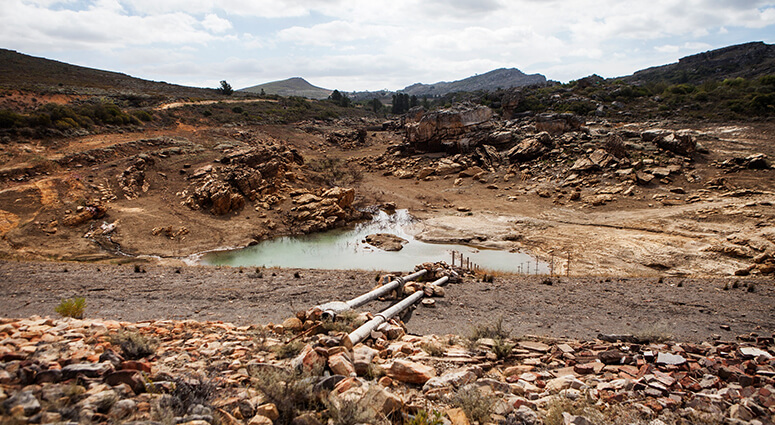
South Africa is one of the first countries facing the situation of the water crisis. In January 2018, it was predicted by the officials in one of the main cities of South Africa, Cape Town, the municipal water will run out within three months. The situation was so severe that photos of parched earth dams and locals lining up to collect spring water flashed across the internet and news sites. Like Cape Town, Durban is another South African city which is facing water crisis. The dams in Durban are 20 per cent lower than the start of 2010. There are a number of reasons that contribute to this growing water crisis in South Africa, however, climate change is a major reason of all.
Brazil
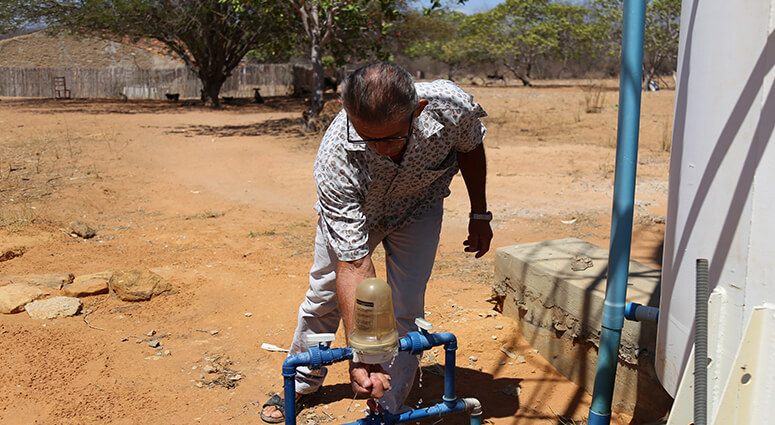
Brazil is another country that is going through a similar situation as South Africa. The financial capital of Brazil, São Paulo is one of the most populated cities in the world. The water crisis in São Paulo begun in the year 2015 when the main reservoir of the city fell below 4 percent of the capacity. With a population of 21.7 million, the city was left with only 20 days of water supply. As a result of that, water trucks were looted. Along with that, the water supply to many homes was cut down to just a few hours twice a week. In January 2017, the country’s financial capital again came into the strain of water supply as the main water reserves were below 15 per cent. Even in 2019, the water crisis in Brazil left the country’s five million people without access to clean water.
Jordan

Jordan is the third most water scarce country in the world. On an average, the country’s population is rising at approximately 3 percent annually. At present, the per capita water supply in Jordan is 200 cubic metre per year. An interesting thing to know here is this the current per capita is one-third of the global average. Not just this, it is also predicted that by the year 2025, the per capita water availability will decrease to 90 cubic metre which would make the entire situation even worse. According to surveys, in the last ten years, the cost of water in Jordan has gone up to 30 percent as a result of the shortage of groundwater. Making the entire scenario even worse are the Syrian refugees in the country.
In order to overcome the water crisis in Jordan, the government is planning to dig seven new wells to reach a deep aquifer containing water from 10,000 to 30,000 years ago.
United Arab Emirates (UAE)
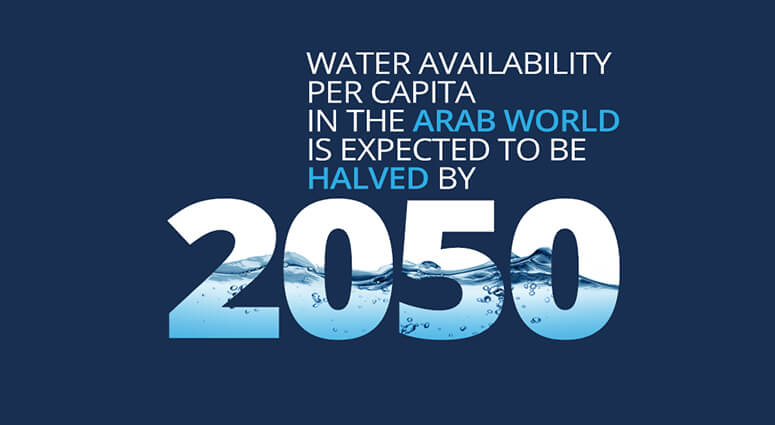
The next country facing water scarcity is the United Arab Emirates. Just to let you know, this gulf country has the world’s highest per capita consumption of water. Currently, the country is facing several water management challenges. This includes, scarcity of groundwater reserves, the high cost of producing drinking water, high salinity levels in existing groundwater, and limited re-use of water. Such is the severity of the water crisis in UAE that it is among the top 10 arid countries in the world. Not just this, the country also consumed world’s 15 per cent desalinated water. Experts have predicted that UAE will completely run out of fresh water in the next 50 years. Since UAE is majorly relying on desalinated water, groundwater and treated wastewater, it is reckoned to be one of the least water secure countries in the world.
To overcome the crisis, the nation has started investing in cloud seeding technology to increase the rainfall. As per a report published by Environmental Agency Abu Dhabi (EAD), if mitigation measures are taken now, both brackish underground water and freshwater in UAE aquifer system will be exhausted within 55 years.
Egypt
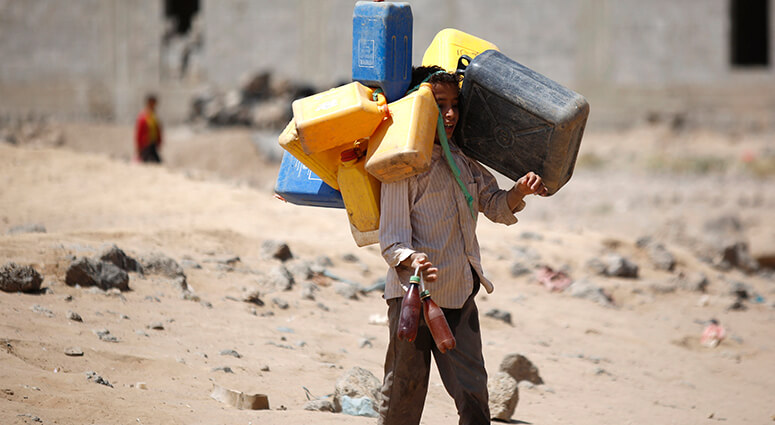
In recent years, Egypt has become one of those countries facing water shortage. Inefficient irrigation techniques, misuse of water and uneven water distribution are some major factors behind water crisis in Egypt. The country only has 20 cubic metre per person of internal renewable freshwater resources. As a result of this, the nation heavily relies on the water of the Nile River and 97 per cent of the country’s water comes from the river. Apart from the primary source of drinking water, the river is also the backbone of the country’s agricultural and industrial sectors. However, the excessive use of the river water is making it highly contaminated because of residential waste and untreated agriculture waste. As a result of that, the UN predicted water shortage in the country by 2025. As per the figures of the World Health Organization, Egypt is one of the top lower-middle income countries with high numbers of deaths related to water pollution.
Japan
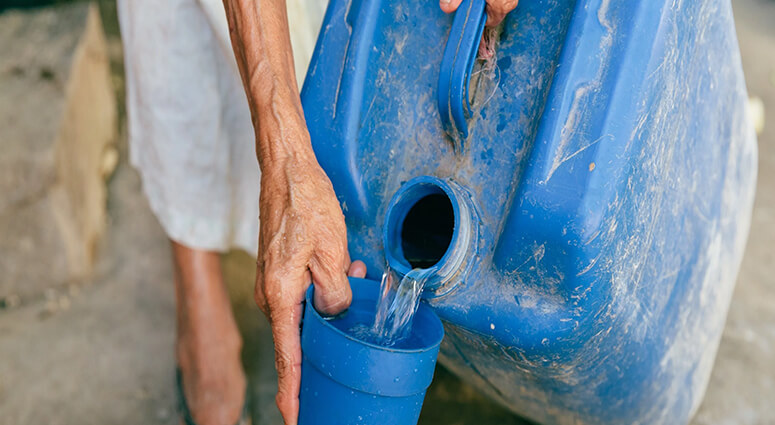
It’s a surprise that the world’s most high-tech country can also be under the threat of running out of water in the near future. The capital city of Japan, Tokyo, is the largest water-stressed city in the world. Be it melted snow, rivers, lakes or four months of concentrated rainfall, the city relies mainly on above-ground water sources. The 70 per cent of the water supply comes from these sources. But, when there is a dry spell in Tokyo in terms of rainfall, the city faces water shortage in once in every decade since the 1960s. To overcome the situation of the water crisis in Tokyo, the government has invested in pipeline infrastructure to reduce the waste leakage to only 3 per cent.
Mexico
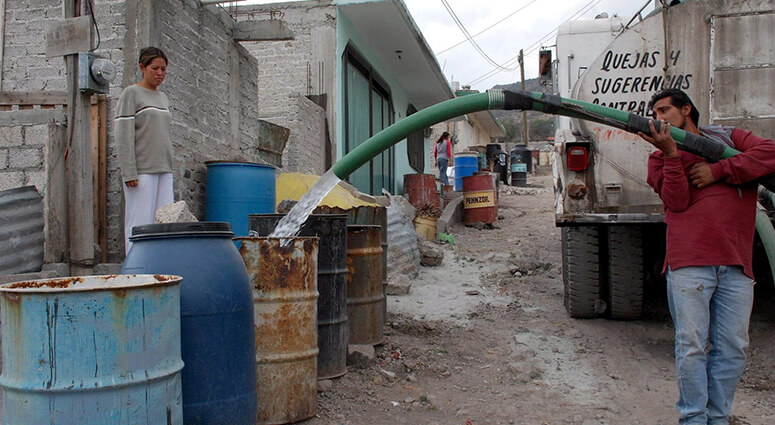
Mexico is one of those countries that is experiencing some serious water crisis in the world. The capital city of Mexico is home to about 21 million people which is about 20 percent of the entire country’s population. Not only this, one in every five citizens in Mexico are lacking access to freshwater. The condition is deteriorating in a way that people only receive water once a week from a truck for which they have to pay. Not just this, the people also have to wait in a queue for hours, sometimes overnight out of fear of the truck will run out of water. Making the entire scenario even worse is the scorching temperature that results in longer and frequent droughts.
The aquifer water level in Mexico is also dropping continuously. Also, flooding is also one of the major concerns that contribute to the water crisis in Mexico. Flooding events cause many problems; out of which overflowing of sewage is a major concern. Also, the city’s water pipes are poorly maintained, and hence are prone to leaks making the city lose 980 litres of its water in a second. Due to the lack of funds, the authorities are helpless.
Iran
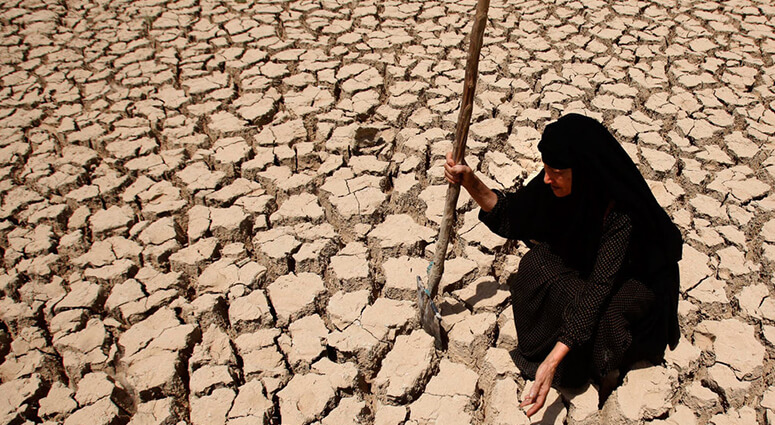
Iran is another country which is facing water problem because of its surging population. The country has a population of more than 80 million. Iran is one of the top four countries facing water crisis and the two-thirds of its land is an arid desert. One of the major reasons for the water shortage in Iran is drought that occurs almost every year due to lack of storage dams. Not just this, poor water management is polluting the sparse water resources. One of the largest lakes in Iran – Lake Urmia, has also shrunk to 10 percent of its original size because of increased salinity. Besides, water consumption in the country is more than 3 times the global average. As per NASA’s 2013 report, Iran will experience the worst water crisis by 2030.
England

Well, seeing England on this list might come as a surprise to you. But we cannot ignore the fact that the capital city of London is a major victim of it. A report published by Labour’s Leonie Cooper states that the city’s loss of green space, ageing water pipes and growing population are increasing the risk of drought and flooding. From 2015 to February 2019, more than 26,000 pipes have bursted in London. In March 2019, the Environment Agency also warned that the South East of England could also run out of water in the next 25 years because of drastic climate change.
China
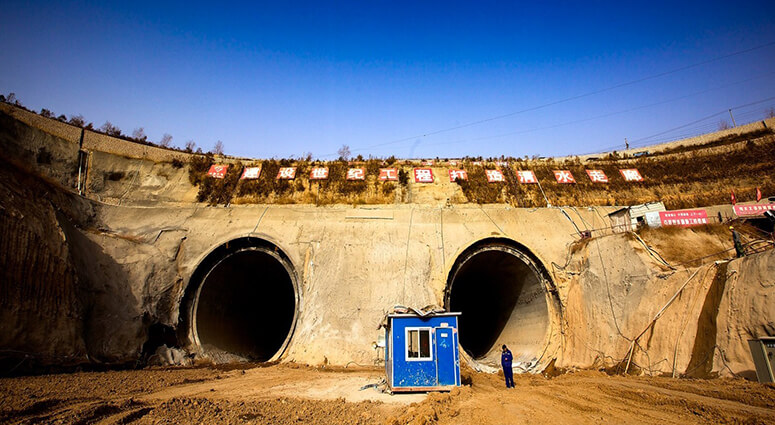
A major reason behind the water crisis in the above-listed countries is the rising population. Being the most populated country in the world, China is on the verge of losing its freshwater in near future. It’s capital city, Beijing is the largest water scarce city in China. As per the World Bank, water scarcity is classified as when people in a city/region are not receiving 1,000 cubic metres of fresh water supply per person a year. And in the year 2014, the 20 million residents of Beijing were receiving 145 cubic metres of fresh water per individual a year.
A fact to learn is, despite accommodating 20 percent of the world’s population, China has only 7 per cent of the world’s fresh water. Currently, 70 percent of Beijing’s water supply comes from South-to-North water diversion project. But the project won’t provide enough water for the people of Beijing in the long-term. In addition, the city is also relying heavily on groundwater, which is resulting in depleting aquifers and causing land subsidence. Adding more problems to this entire scenario of the water crisis in China is the water quality report of 2017 which states that 39.9 percent of Beijing’s water is polluted for use.
Although the problem of water shortage was detected decades ago, but the negligence of the authorities and the general public toward this serious issue have brought the world to this brink of losing its most essential element. We don’t know what the future holds for us, and thus, we need to take immediate actions by understanding the consequences of water scarcity. Don’t wait for someone else to solve the problem, do it by taking small steps towards water conservation, so that your country does not become a victim of this life-threatening crisis.
 Published: 30 Jul, 2019By Jatin
Published: 30 Jul, 2019By Jatin
Popular Post
Category by Destinations
Travel Intel
Category by Continent
India recent post
Enquiry Form
Get Customized Travel Quotes from Tour My India

